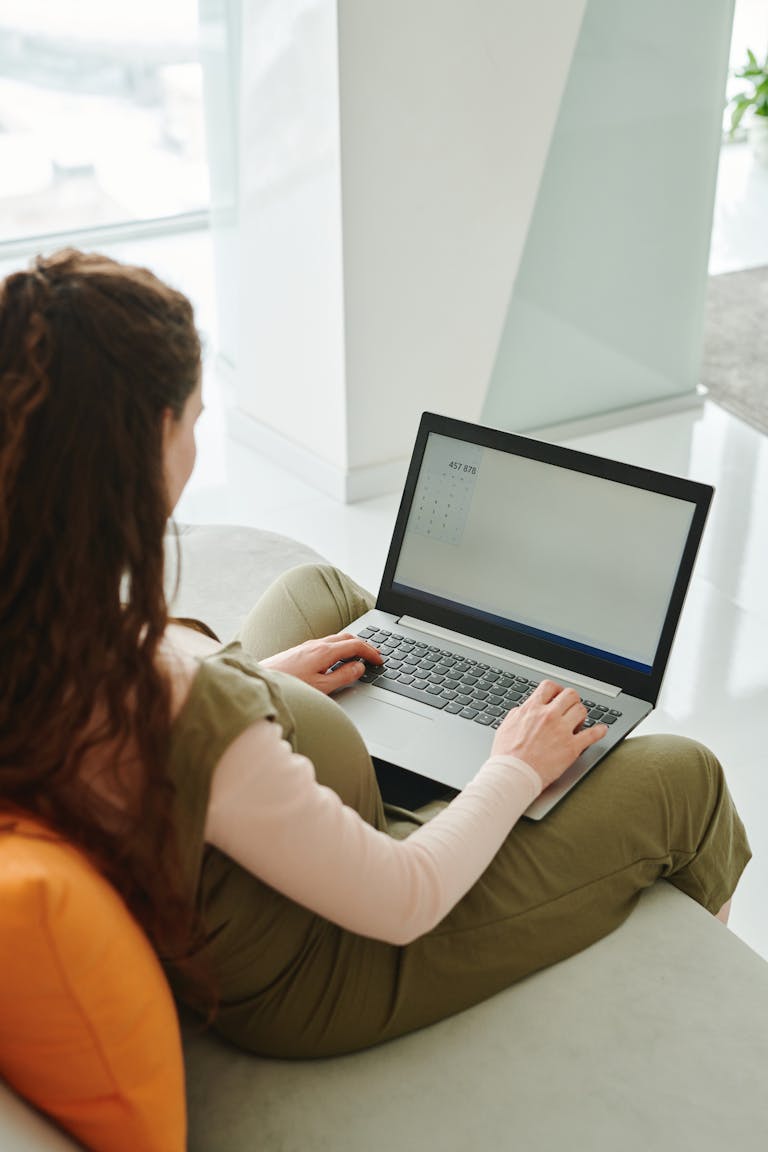In today’s digital age, technology is an integral part of our lives. From work emails and social media to streaming services and news updates, we spend a significant portion of our day in front of screens. While technology has its benefits, excessive screen time can have a negative impact on our mental health.
Research has shown that too much screen time, particularly on social media and other digital platforms, can lead to increased anxiety, depression, and feelings of isolation. It’s essential to recognize when screen time is becoming detrimental and take steps to manage it effectively for better mental well-being.
In this article, we’ll explore the effects of excessive screen time on mental health and provide strategies for managing your digital habits to improve your overall well-being.

1. Understanding the Impact of Excessive Screen Time
It’s important to understand how spending too much time on screens can affect your mental health. Here are some ways in which excessive screen time can impact your well-being:
- Increased Anxiety and Stress: Constant notifications and the pressure to stay connected can lead to feelings of stress and anxiety. Being constantly “plugged in” can create a sense of urgency that leaves little room for relaxation.
- Sleep Disruptions: The blue light emitted by screens interferes with the production of melatonin, the hormone responsible for regulating sleep. As a result, excessive screen time—especially before bed—can disrupt your sleep cycle, leaving you feeling fatigued and irritable the next day.
- Social Isolation: Spending too much time online can make you feel disconnected from the real world. Instead of spending quality time with family and friends, you may find yourself spending more time on social media, leading to feelings of loneliness.
- Reduced Productivity: Constant distractions from your phone or computer can make it difficult to focus on tasks, reducing your productivity at work or school.
Understanding these impacts is the first step in managing your screen time effectively.
2. Setting Screen Time Limits
One of the most effective ways to manage your screen time is by setting limits. You can use built-in features on your phone or computer to track how much time you’re spending on specific apps or activities. Many devices allow you to set daily usage limits for apps, and you can receive notifications when you’ve reached your limit.
To set screen time limits:
- Review your daily screen time and identify areas where you may be spending too much time.
- Set achievable goals for reducing your screen time. For example, if you’re spending too much time on social media, limit your usage to 30 minutes per day.
- Use screen time management apps like Forest or RescueTime to help you stay on track and track your progress.
By setting clear limits and tracking your screen time, you can ensure that your technology use remains balanced and doesn’t interfere with your mental health.
3. Take Regular Breaks
Another way to manage your screen time is by incorporating regular breaks throughout the day. Extended screen use can strain your eyes and lead to physical discomfort, but it can also increase mental fatigue.
Here’s how to take effective screen breaks:
- Follow the 20-20-20 rule: Every 20 minutes, take a 20-second break and look at something 20 feet away. This gives your eyes a rest and helps reduce strain.
- Step away from your device for a few minutes each hour. Go for a short walk, stretch, or engage in a non-screen activity to refresh your mind and body.
- Use apps like Eye Care 20/20 or F.lux to remind you to take breaks and reduce blue light exposure during the day.
By taking regular breaks, you can protect your eyes, reduce mental fatigue, and give yourself a much-needed rest from the digital world.
4. Digital Detox Days
Incorporating regular digital detox days into your routine can be an effective way to recharge and reset your relationship with technology. A digital detox involves taking a break from all digital devices, including phones, computers, and televisions.
Here are some tips for planning a successful digital detox:
- Choose a day or weekend to disconnect from screens. Inform your family, friends, and colleagues ahead of time so they’re aware that you’ll be offline.
- Engage in offline activities like reading, going for a walk, cooking, or spending quality time with loved ones.
- Avoid the temptation to check your phone or computer by placing them in a different room or turning them off entirely.
A digital detox allows you to reconnect with yourself and your surroundings, helping you feel more present and less reliant on technology.
5. Practice Mindful Technology Use
Mindful technology use is all about being intentional with your screen time. Instead of mindlessly scrolling through social media or watching videos, practice being present and conscious of how much time you’re spending on digital activities.
To practice mindful technology use:
- Set intentions for your screen time. Ask yourself why you’re using your device and what you hope to gain from it.
- Avoid multitasking. Focus on one task at a time, whether it’s reading a book, writing an email, or browsing social media.
- Set aside specific times to check emails and social media, instead of constantly checking throughout the day.
Mindful technology use helps you stay in control of your digital habits, ensuring that technology enhances your life instead of detracting from it.
Q: How do I know if I’m spending too much time on screens?
A: If you find yourself feeling stressed, anxious, or disconnected from the real world, it may be a sign that you’re spending too much time on screens. Tracking your screen time and setting limits can help you identify areas for improvement.
Q: Can screen time be beneficial for my mental health?
A: Yes! Screen time can be beneficial if used mindfully. For example, using apps for meditation, fitness, or staying connected with loved ones can enhance your well-being. The key is moderation and balance.
Take Control of Your Screen Time Today
Start by reviewing your screen time habits and setting limits where necessary. Remember, it’s all about balance—technology should work for you, not against you. Embrace mindful tech use to improve your mental health and overall well-being.

I’m EKBAL HOSSAIN MONDAL, the creator of SmartSolveTips.com — a blog dedicated to helping people improve productivity, avoid digital burnout, and live better online. With years of hands-on experience in self-development and digital wellness, I write practical tips and tools to help you stay focused and thrive in a fast-paced digital world.






